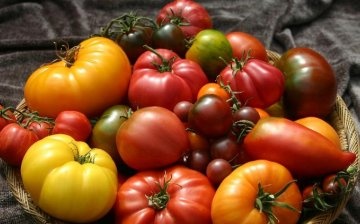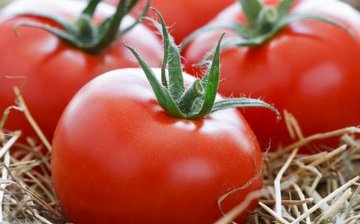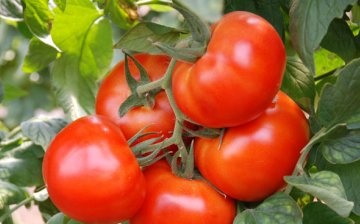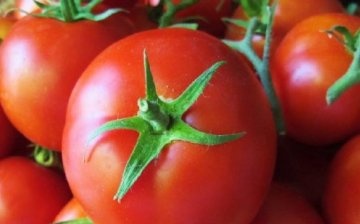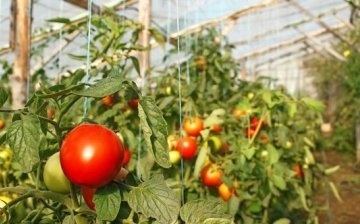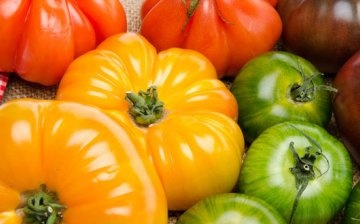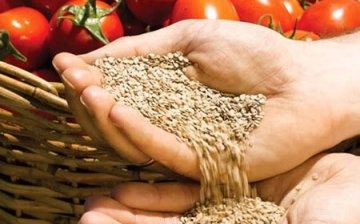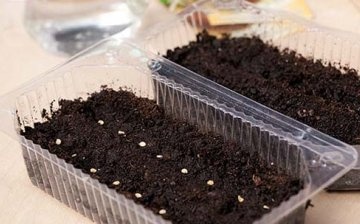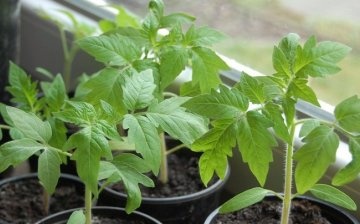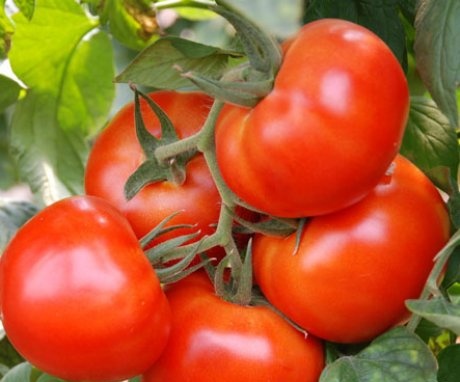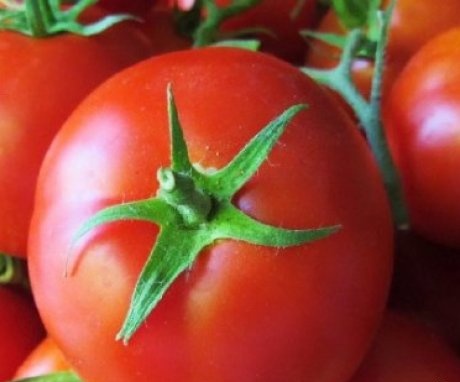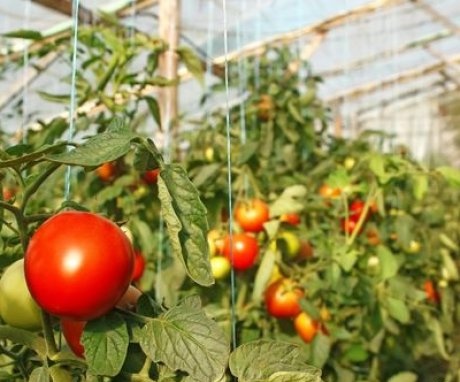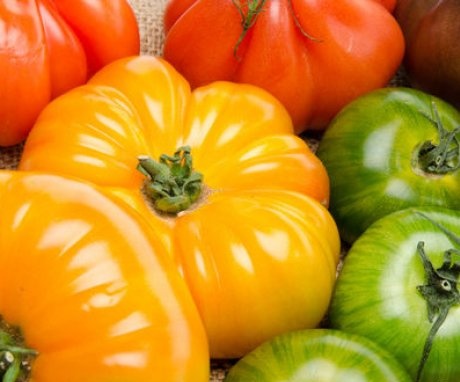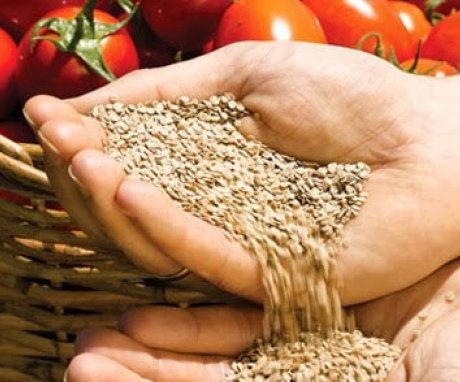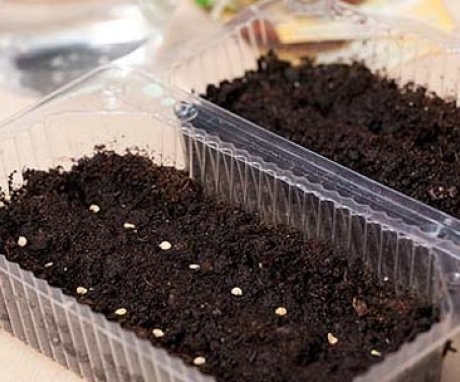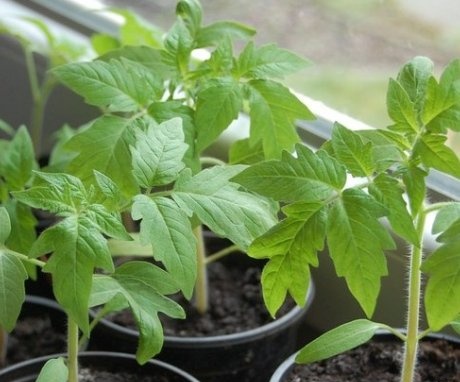The best varieties of tomatoes for open ground and greenhouses
Every gardener starts to choose varieties a tomato long before the start of the summer cottage season. And all of them want to know which tomatoes are the best. In order not to be mistaken in the choice, it is necessary to find out what kind of tomato will grow in the summer cottage.
Content:
- Early ripening tomato varieties
- Mid-season varieties
- Late-ripening varieties
- The best varieties for greenhouses
- Multi-colored tomato varieties
- Growing seedlings
- Seedling care
Early ripening tomato varieties
Of great interest among gardeners are hybrids and varieties of tomatoes, which ripen very quickly. They are good in that they can be safely grown without resorting to the seedling method, even in a short summer. Of course, it is necessary to sow them under a special shelter, starting from the first days of May. In this case, the soil must be well insulated.
These varieties of tomatoes are great for planting in open ground.
Usually the fruits of such tomatoes weigh no more than 95-150 g. As for the height of the bushes of these a tomato, then it is no more than half a meter. Usually such plants do not need to be pinned. The varieties can be different. These are "Pink Souvenir", "Brawler", "Duckling", "Flash" and "Sunny Bunny". As for the hybrids, these are "Leader of the Redskins", "Nimble", "Ninulya", "Solerosso", "Blush of Petersburg" and "Katya".
They feel great outdoors. In addition to the above varieties, there are very early types of hybrids that give very large fruits. These are "Gayas Bekseev" and "Bringer of Luck". They produce tomatoes weighing from 210 g and even much more. Naturally, all of the listed tomato varieties grow well in greenhouses.
Description of the best varieties:
- Summer residents also fell in love with the early ripening "Raisin" with undersized bushes and small fruits with a dense skin and pale pink color.
- The Hermitage tomato. This variety is great for the West Siberian regions. It ripens early enough and yields abundant. Each fruit has a round, lined shape weighing approximately 95 g.
- "Rajah". This variety is not very tall. Ripens early enough. Has a rich dark red hue. The average weight of each fruit is approximately 275-290 g.
- Variety "Sanka", which ripens early enough, and is also ultradeterminate. Each fruit of such tomatoes weighs from 85 to 105 g.
- "Native". A standard tomato variety that ripens early enough. It is noteworthy that it is resistant to cold, therefore it is suitable even for northern regions. The fruits have a leveled round surface and deep crimson color. Each of them weighs on average from 165 to 185 g. The plant can form in three or four stems.
- "Hermitage". This variety is perfect for the northwestern regions. It ripens very early and gives a bountiful harvest. Each fruit of such tomatoes weighs about 95-110 g.
- Another variety, "Pavlovskaya Rose", ripens early and has dense, mature pink fruits, which are well suited for harvesting for the winter, canning and pickling. It tolerates unfavorable weather very well.
Mid-season varieties
Such varieties are perhaps the most beloved by most gardeners because of their ripening period (approximately 110-115 days).
Description of varieties:
- "Pepper" has not too large (only 75 g) tomato fruits. Differs in its interesting shape, with a sharp tip. This pepper-shaped variety has a fairly high yield. Bushes of such tomato reach a height of 55 cm.
- "Paradise". This tomato variety reaches a height of one and a half meters. Very productive. Usually summer residents collect seven very large fruits from each bunch with an average weight of 250 g. The color of the tomato is red.
- "Resource". This hybrid is a red tomato weighing no more than 160 g. Fruiting is quite long.
- "Russian Troika". This hybrid with large fruits reaches a length of only half a meter, but is capable of producing fruits weighing 185-210 g.
- "Major". This variety of tomatoes is rather undersized, but the weight of each fruit is much greater. It reaches up to 295 BC.
- "Beef". The variety is of medium ripeness. The fruits are round in shape. The weight of each such tomato is about 185-210 g. Summer residents get the main harvest from the lower part of the bush of such tomatoes.
Late-ripening varieties
It is customary to refer to such varieties those tomatoes whose fruits ripen more than three months from the beginning of the appearance of the main shoots:
- "Brown Sugar" is a wonderful tomato variety that gains a brown hue when fully ripe. Great for planting in the open field.
- "Finish" is a late-ripening variety, resistant to verticillosis. Differs in good productivity. Suitable for open ground, but can also be planted in a greenhouse.
- The variety with the name "Northern Blush" has proven itself well. In height, such bushes reach more than one meter. Each fruit is red and round in shape. The weight of any tomato from a brush is approximately 85 g.
The best varieties for greenhouses
In greenhouses, mainly determinant varieties are grown, as well as those that do not tolerate the effects of adverse weather conditions:
- "Skorokhod". This variety gives abundant harvest... Such a tomato is unpretentious and does not require much leaving... The height of each bush is up to half a meter. "Skorokhod" produces red and medium-sized fruits.
- "Lollipop". This variety is not too whimsical, it has small red fruits weighing up to 45 g.
- "Ygranda". This kind a tomato ripens very abundantly and has fruits with a round shape and fleshy pulp. Each of them weighs up to 125 g. It is noteworthy that it tolerates well any changes in temperature conditions.
- "Nonsynky", which is great for use in salads. The last variety is determinant, and the weight of each of its fruits ranges from 55 to 85 g.
- Sort "Picket". It is part of the Northern Seed Collection. "Picket", as well as the previous variety, is nonsynky, and its bushes do not reach too great length. As for the fruits, they are red, elongated and each weighing up to 65 g.
Multi-colored tomato varieties
These varieties tomato basically do not differ from their counterparts, except for their color. They are mainly used in salads.
- The modern market is represented by the varieties "Gem Emerald" growing into tall bushes. It produces a large number of fruits, each of which has small green tomatoes, somewhat similar in shape to plums.
- Popular among multi-colored tomatoes among gardeners is "Yellow Delicacy", which is unsaturated and has fruits weighing up to 95 g. As the name implies, this variety of tomatoes is bright yellow.
- Another tomato variety loved by summer residents is "Demidov", which has a very high yield. This type of tomato is standard and reaches a length of 75 cm. Fruits are sweet pink. Perfect for salads.
- Tomato "Chanterelle", ripening with orange tomatoes weighing 115 g, has excellent taste. Great for use in salads.
- "Lemon-liana". Scourges of such plants can reach heights of up to 3 m. This variety is distinguished by the colossal size of the brushes. Each of them can have up to 45 fruits a tomato... This species fell in love with summer residents for its abundant yield and resistance to not the most favorable conditions. "Lemon-liana" needs tying and support. These tomatoes taste very good and have a beautiful lemon yellow color. They are great for future workpieces. This is facilitated by the weight of each fruit - from 65 to 95 g. This tomato variety is tall. Tomatoes appear on the branches early enough. For its purpose, it is suitable for a greenhouse, but it can also be grown outdoors.
- "Medoc" ("Midas"). This tomato variety got its name due to its similarity in taste to honey. It has its own difference and an interesting form of lemon-yellow tomatoes, which outwardly resemble a pear. In general, such tomato bushes have much more fruits than leaves.
- "Cardinal" and "Oxheart" are not quite ordinary fruits of tomatoes. And all thanks to its indescribable color, which is on the border between pink and red. The taste of such tomatoes will please even the most fastidious gourmet. Each such tomato has a very fleshy pulp and a very small amount seed.
Growing seedlings
Tomato seedling grown only indoors, in the ground under a film cover or in a warm greenhouse. The procedure begins with sowing seed... This is usually done in early spring. Such plants are grown from 60 to 75 days.
To do this, sowing is carried out in capacitiesthat are filled with a special potting mix. Some summer residents use peat pots, paper bags or polyethylene film for this purpose. You can take a liter packs of kefir or milk. In each such container, you can immediately plant a couple of plants.
Tomatoes require a certain temperature regime so that you can get good seedlings and a bountiful harvest.
It is for this reason that it is recommended to plant them in greenhouses and greenhouses. To get late and mid-season tomato varieties, their seeds are sown on seedlings from early to mid-April. Further, young seedlings are grown for two months in specially prepared nurseries, small film shelters or greenhouses. In this case, they are planted mainly in the ground, covering with something from above (for example, with a film). With all this, the area for each tomato bush should be at least 7 by 7 cm.
If a method is used in which the seedlings are grown in pots, then the seeds are sown directly into these containers. But very often, especially when it comes to growing early ripe tomatoes, the seeds are sown in boxes for sowing. And only half a month after the first shoots of the Senets appeared, they begin dive (that is, replant to a permanent place when they have reached the phase of one or two true leaves).
Before this procedure, tomato seeds are carefully prepared. For this:
- The best varieties of tomatoes are selected, sorted out and selected from them those that have the largest size.
- As for germination, the seeds are checked for them by placing them in a solution of ordinary table salt (5%) or using ammonium nitrate.
- After a few minutes (5 to 8) the best seeds begin to sink to the bottom of the container in which they were soaked. They must be left behind. But the seed that remained floating above is rejected.
After the procedure, the seeds should be disinfected:
- This is done using water heated to 50 degrees. Then they are cooled. For this, the seeds are dipped into cool water.
- There is another method - soaking in potassium permanganate.
- In addition, various disinfectants for tomato seeds and other vegetable crops are now widely available on the market.
After the material for seeding has been prepared, it should be soaked again, but this time in plain water. It must be clean and at room temperature. It is necessary to soak in a bag of gauze, which is exactly half filled with seeds. The procedure is carried out for two days. During this time, the water must be changed two or three times. Seeds sown to a depth of 1.5 to 2 cm.After the seed is already covered with soil, they begin to carry out watering warm water. This is done through a strainer. Each box or other container for tomatoes is covered with foil and placed in a dark place in the house.
The temperature regime should be from 25 to 26 degrees. If it is strictly observed, then the seedlings begin to hatch in a fairly short time. After they have appeared, the film is removed, and the temperature, in order for the seedlings not to stretch, should be reduced for 7 days until reaching 15 degrees. After that, it again begins to increase to 25-26 degrees.
Seedling care
After seedling will be grown, begin to maintain soil moisture. It should be moderate. For this, no more than one or two waterings are carried out for 7 days.
Top dressing tomato seedlings:
- The first feeding young seedlings is carried out 9-13 days later after the picks... For these purposes, dissolve ammonium nitrate (approximately 5-6 g) in a bucket of water. 45-55 g of superphosphate and 13-15 g of potassium chloride are added. If this is necessary, then the following dressings should be carried out with an interval of 14 days. In this case, the concentration fertilizers should be doubled exactly.
- Top dressing can be carried out using organic fertilizers... For this purpose, slurry is used. In this case, cow manure is diluted 10 times, horse manure - 6, and chicken droppings - 17 times. For each medium bucket of such a composition obtained, add superphosphate in an amount of 25 g or ash (glass).
Shortly before planting seedlings (half a month before), young tomato plants begin to harden. For this, the temperature regime is lowered to 15 degrees. And after that they bring it to the level that it will be on the street. In this case, seedlings can be covered only if there is a danger of frost.
How to determine if it has grown well seedling? This is very easy to do. Young bushes are considered, and if they have a length of 15 to 25 cm, a stem thickness of 0.5 cm, 6 to 8 true leaves, and one or two flower tassels, then this seedling tomato very good. Tomatoes do not require much maintenance.
They are watered as needed, preferably in the evening.
With the correct implementation of all of the above rules, it is easy to achieve a good and bountiful harvest. a tomato, which will delight any summer resident.
More information can be found in the video:



